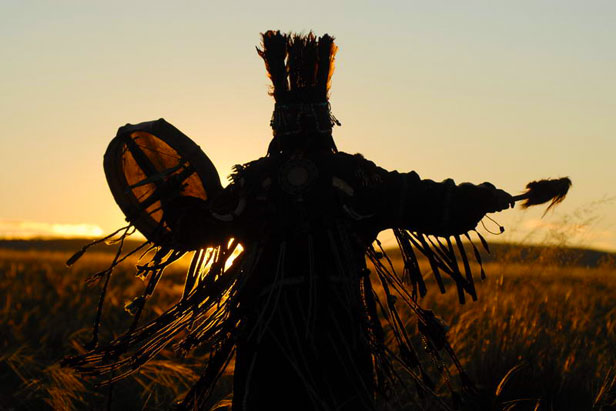
The Republic of Tuva, located in southern Siberia at the geographic center of Asia, is home to some of the extended nomadic people who gave us the word “shaman.” Quick anthropology lesson: the language spoken in much of Siberia and Manchuria is known as Tungusic, so they call this broad group of nomads Tungusic as well. In Siberia they include several distinct peoples: the Evenks in the north, the Tuvans in the south, and the Yakuts in the east.
Tuvan throat singing is one particular variant of overtone singing practiced by the Tuva people of southern Siberia.
The art of Tuvan throat singing is a style in which one or more pitches sound simultaneously over a fundamental pitch, producing a unique sound. The history of Tuvan throat singing reaches very far back. Many of the male herders can throat sing, but women are beginning to practice the technique as well. The popularity of throat singing among Tuvans seems to have arisen as a result of geographic location and culture. The open landscape of Tuva allows for the sounds to carry a great distance. Ethnomusicologists studying throat singing in these areas mark khoomei as an integral part in the ancient pastoral animism that is still practiced today. Often, singers will travel far into the countryside looking for the right river, or will go up to the steppes of the mountainside to create the proper environment for throat-singing.
All rights reserved by Rossiyskaya Gazeta.
Subscribe
to our newsletter!
Get the week's best stories straight to your inbox